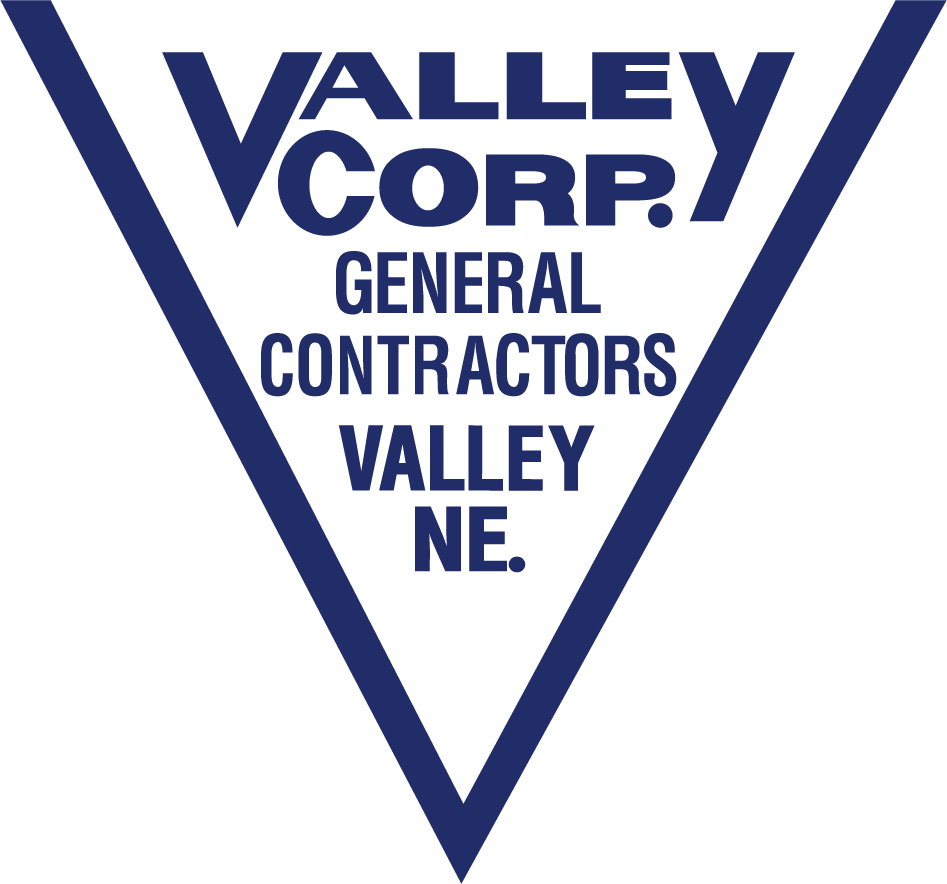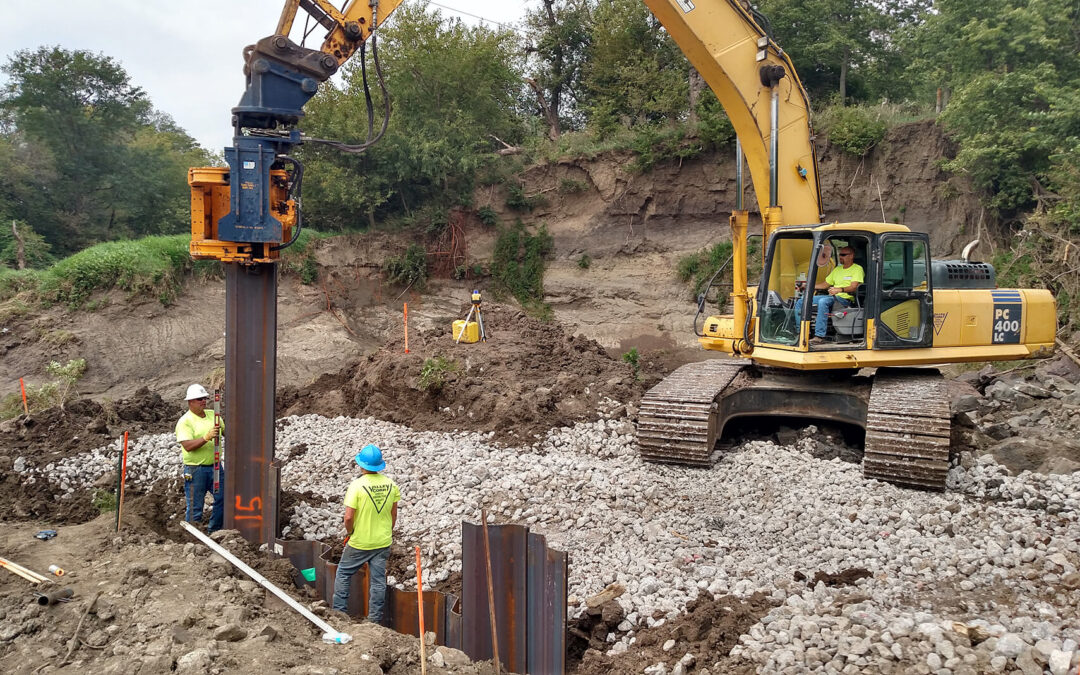Unless you work in the construction industry, you might not be familiar with sheet pile walls. Sheet piling is used to provide support in a generous number of construction projects, both on land and in or around water. In general, sheet pile walls are used to act as a temporary or permanent barrier against the earth, water, or another type of filling material.
What Types of Sheet Piling Are Available?
Sheet piling is readily available in a number of material types. As you might have guessed, steel is the material used most often to make piling. Sheet piling walls are also made with timber, reinforced concrete, vinyl, and composites.
What Are Some Common Uses for Sheet Piling?
As you become familiar with sheet piling, you’ll notice that it’s used in more projects than you might have realized. Sheet pile walls are often used to construct structures like boat slip enclosures along waterfronts, for example. They’re also the material of choice for constructing diversion dams like cofferdams in many instances. Sheet piling is highly effective at protecting riverbanks, too. It’s not unusual to see a sheet piling retaining wall because the material is strong enough to maintain the sides of manmade and natural cuts in the ground.
Here are some more common uses for sheet pile walls:
- Flood prevention
- Foundation protection
- Erosion prevention
- Excavation support
How Are Sheet Pile Walls Installed?
Sheet pile walls are typically installed in pairs. There are three ways to install sheet piling, vibration, pressing, and excavation. The method that’s used depends on various factors, such as soil density.
Vibration is the most common choice for installing sheet pile walls. After the first pile is in the ground, a vibratory hammer outfitted with a clamp attaches to the second pile. The second pile is then interlocked with the first and the hammer vibrates the pair into the ground.
Pressing is an option on job sites where vibration may present problems. When this method is employed, a hydraulic machine is used to literally press the walls into place.
Excavation requires the digging of a trench that will be filled with concrete. After the trench is filled with concrete, the sheet pile walls are put into position, and the cement sets around them.
What Are the Benefits of Using Sheet Pile Walls?
Using sheet pile walls certainly has its advantages. For starters, the walls are lightweight and easy for workers to handle. Sheet pile walls are eco-friendlier than some alternatives because they are recyclable and reusable. The length and design of these walls are easily customizable. Best of all – sheet pile walls only need a minimal amount of maintenance regardless of whether they’re in the ground or a body of water.
Who Can Provide Sheet Piling Services?
If you’re wondering about sheet piling prices and services, you’ll take comfort in knowing that the experts at our family-owned and operated construction company provide both. Valley Corporation has worked with sheet pile walls in both commercial and residential applications at locations throughout Nebraska and Iowa, and we’ll be happy to put our expertise to work for you.
To get a quote for your current or upcoming construction project, contact Valley Corporation today!

